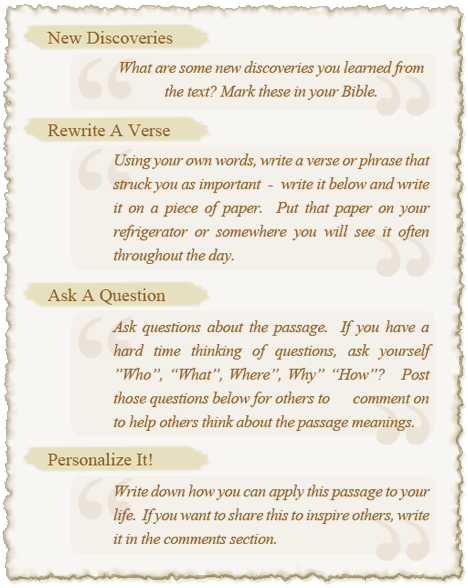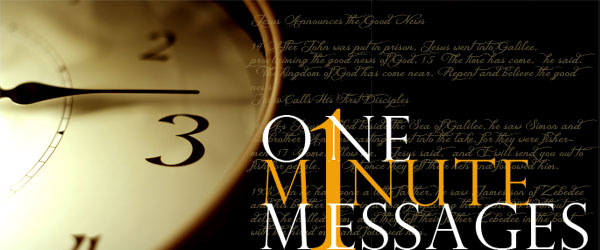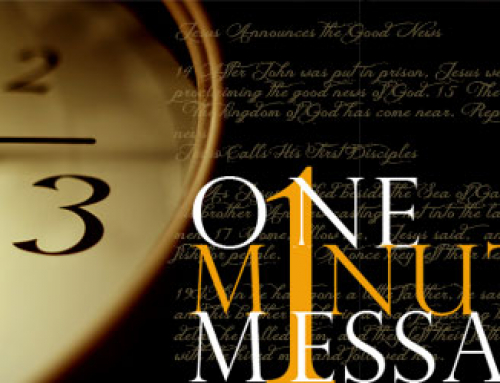
Old Rules about Worship
That first covenant between God and Israel had regulations for worship and a place of worship here on earth. There were two rooms in that Tabernacle. In the first room were a lampstand, a table, and sacred loaves of bread on the table. This room was called the Holy Place. Then there was a curtain, and behind the curtain was the second room called the Most Holy Place. In that room were a gold incense altar and a wooden chest called the Ark of the Covenant, which was covered with gold on all sides. Inside the Ark were a gold jar containing manna, Aaron’s staff that sprouted leaves, and the stone tablets of the covenant. Above the Ark were the cherubim of divine glory, whose wings stretched out over the Ark’s cover, the place of atonement. But we cannot explain these things in detail now.
When these things were all in place, the priests regularly entered the first room as they performed their religious duties. But only the high priest ever entered the Most Holy Place, and only once a year. And he always offered blood for his own sins and for the sins the people had committed in ignorance. By these regulations the Holy Spirit revealed that the entrance to the Most Holy Place was not freely open as long as the Tabernacle and the system it represented were still in use.
This is an illustration pointing to the present time. For the gifts and sacrifices that the priests offer are not able to cleanse the consciences of the people who bring them. For that old system deals only with food and drink and various cleansing ceremonies—physical regulations that were in effect only until a better system could be established.




Leave A Comment